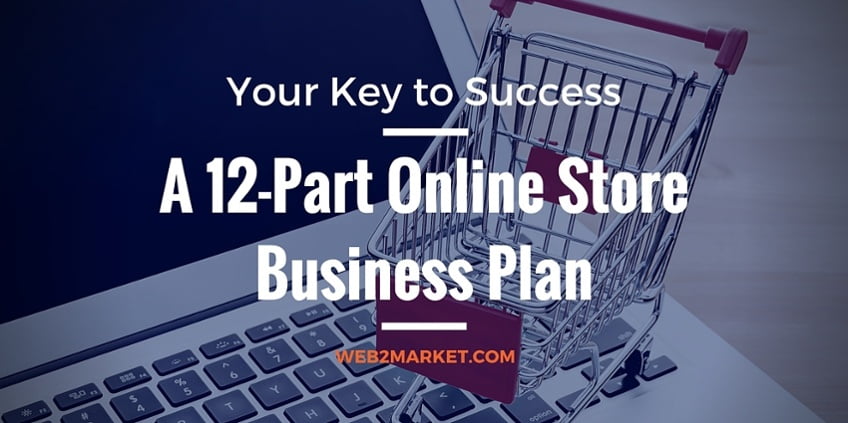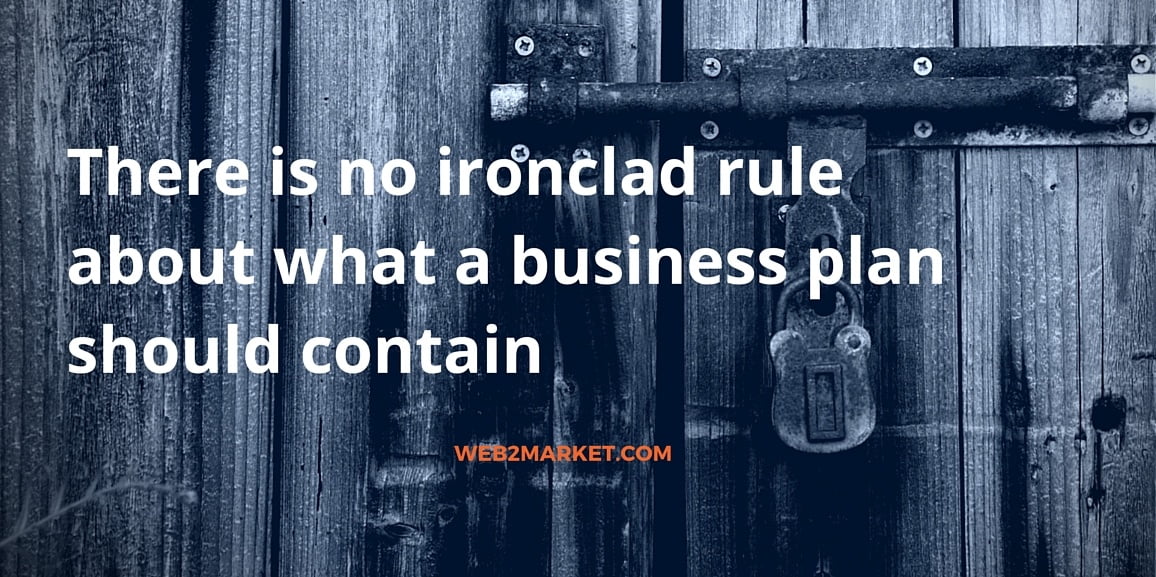Every business should have an online store business plan. In fact, many business professionals believe that this planning document is crucial to the success of any company. Writing down and documenting thoughts and ideas forces business owners and managers to put together a coherent company strategy. A business plan can also be shared with stakeholders like employees, bankers, customers, potential marketing partners, and others. I update my business plan at the end of each year to make sure we’re focused on the right goals for the coming year.
There is no ironclad rule about what a business plan should contain. I’m going to focus here on what an online merchant using Magento might want to include in this type of document. I’m going to assume that this business has both a brick-and-mortar and online presence. For our purposes here, the focus will be on a creating a plan for the online part of the business. Adapt and modify this online store business plan to suit your company’s needs.

The 12 Parts of Your Online Store Business Plan
1. Executive Summary
This is the “elevator speech” for your online shopping business plan. When you meet a potential business partner, and they ask what you do, this is what you’ll tell them. It should highlight what differentiates your business from every other online store. What are the keys to your success? If it sounds like you’re describing another business (Amazon.com, for example), then you don’t have a good business plan. The executive summary should excite both you and the reader about what makes your Magento store special.
2. Company Profile
Here’s your opportunity to provide a narrative about your history, number of employees, location, products, years in business, year started, and so forth.
3. Industry Analysis
Describe your industry, its size, growth rates, competitors, key trends effecting it, relevant regulations, and key economic factors. This is a good place to discuss market segmentation – who are your customers in the marketplace?
4. Positioning
Customers will perceive your online business in a certain way, and you’ll want to manage that. Describe how you want customers to view your business vis-à-vis competitors. How will your products, prices, promotion, Magento store, staffing, and operations reinforce that positioning? The positioning you have in mind should highlight your company’s key differentiators. Remember, your online business needs to offer something unique, or it’ll get lost in the crowd.

5. Products
What are the products and/or services you’re going to sell? Describe them in some detail. If your products or services are unique in some way, highlight and elaborate on the features that make them different.
6. Price
What’s your pricing strategy? Are you going to compete aggressively on price, or does your positioning promote what you’re selling as a premium product or service?
7. Promotion
Promoting your products online opens up a world of options for the savvy marketer. You’ll probably be using a mix of tools, such as content marketing, email marketing, Pay-Per-Click advertising, display ads, remarketing, affiliate programs, or other tools. Describe what tools you’ll be using, how you’ll measure their effectiveness, and what your budget will be.
8. Staffing
This section is often overlooked in an online store business plan, but someone needs to be responsible for updating, improving, and promoting the online store. If no one is responsible, and no time is allocated to the Magento store, your online shopping business will fail. Don’t forget to include time for training and learning in general.
If your site is larger and you have a team working on it, describe the team. The team could include a manager, web content specialist, programmers, and so forth. Since you’ll probably be outsourcing some work — like to a website developer, for instance — include those team members too!
9. The Magento Site
Include a description of the design, navigation (how customers find the products), and any functional customizations. What version of software was used to build your site? Are any extensions added to the site? Describe when you expect the next upgrade will be needed since that will need to take place every few years.

10. Operations Plan
So you’ve got a site, you’ve followed eCommerce homepage design best practices so it looks awesome, it works great, and you’re ready to sell. Now describe what is going to happen each day to keep the money flowing. Some tasks online merchants do daily are:
- Ship orders – List which carriers will you use
- Pay taxes – You’ll need to identify what states you have nexus in and collect those state taxes
- Answer customer inquiries – Timely responses are important
- Add new content to the site
- Update products
- Respond to social media/add content
- Manage advertising activity
11. Financial Plan
Everyone needs goals. Here’s where you’ll describe your online store business goals. Include sales forecasts, costs of products, advertising, website hosting and development, and any other cost. How much inventory will you need to carry and how will you manage it? And of course expected profit — how much and when. If you’re financing some aspect of the online store, include details about that as well.
12. Appendices
Include any budgets, financials, forecasts, or additional information that may be needed for reference. If you’re using this business plan to get financing, make sure to include all the information your banker or investors will want to see.
Putting together your online store business plan can take some time, but it is critical in helping to focus you and your team’s efforts. I actually enjoy updating the plan each year. It’s an opportunity to reflect on what worked and what didn’t. Then I can dream about the upcoming year and make changes that will serve customers better and grow the business. Have fun with your online store business plan, and I hope your business dreams come true!
